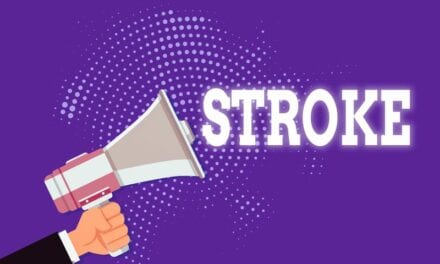.png)
At the study’s start, it indicates that researchers evaluated 48 stroke survivors during their hospital stay, at discharge, and 2 years after. The patients were reportedly unable to walk at the beginning of the study. Researchers say that participants were classified by the degree of their disability and separated into groups of high- or low-mobility. Three standard tests were used to evaluate the patients’ ability to walk and perform other tasks, including normal daily activities.
According to researchers, for 3 months all patients underwent two therapy sessions daily for 5 days a week. Half of the participants underwent conventional overground gait rehabilitation. The other half of the study’s participants engaged in 20 sessions of robotic gait training during the first month, paired with conventional rehabilitation for the duration of the study.
Researchers say the robotic devices used in the study were electromechanical platforms attached to a patient’s feet. These devices were controlled by the physical therapist. The therapist used the controller to measure the patients’ progress, to set bearing weight, and walking pace.
Giovanni Morone, MD, lead researcher, physiatrist specialist, and temporary assistant professor at the Santa Lucia Foundation, Institute for Research Hospitalization and Health Care in Rome, Italy, reports the study’s findings, “After two years, five times more patients who underwent robotic assistance training were able to walk without assistance, but only the most severely impaired,” Morone says.
Morone adds that the study’s findings may indicate a need for researchers to examine not whether or not robotic-assisted walking training is effective, but to whom will it be most beneficial. “Doctors need to select the right patients and remember that this is an adjunct to traditional gait training,” Morone emphasizes.
The study was published in Stroke, journal of the American Heart Association.
Source: Stroke



